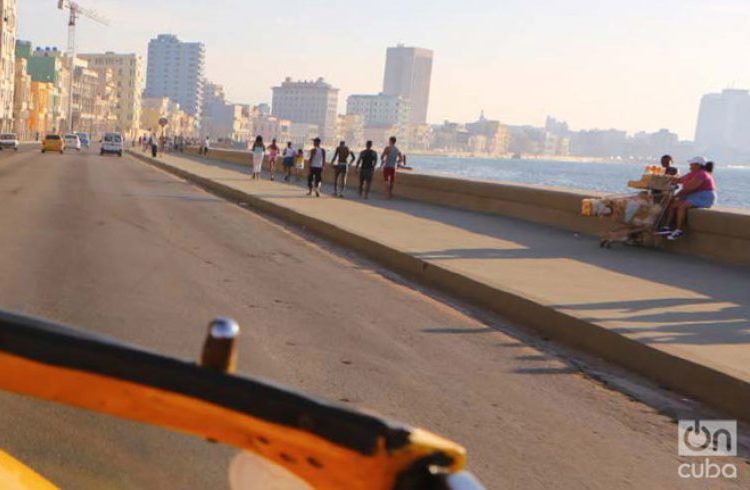Havana’s unique frozen-in-time stage-set backdrop lends a twilight-zone ambience that Hollywood couldn’t dream up if it tried. But for the visitor, Cuba’s real magic isn’t its one-of-a-kind revolutionary icons, its crumbling architecture, its quaint vintage cars. It’s the seemingly mundane, quintessential experiences a lo cubano that you’ll forever remember as favorite take-aways.
Here are five uniquely Cuban slices of life not to miss…
I SCREAM FOR ICE CREAM
When it comes to religion in Cuba, santería is second to heladería. Cubans worship ice cream (helado). When Havana sizzles, the entire city descends on Parque Coppelia, the world’s biggest ice creamery (taking up an entire block at the top of La Rampa, in Vedado, it averages 30,000 customers a day). Appropriately, Coppelia is known as “la catedral de helado.”
Nowhere embodies Cuba’s revolutionary ideals quite like this true “people’s park” offering a for-pennies indulgence for the masses… who wait… and wait… and wait, with feverish anticipation to pig out on as much ice cream as they can stuff into their bellies and handbags. Novels have been written here, music scores conceived (this being Cuba, perhaps even babies).
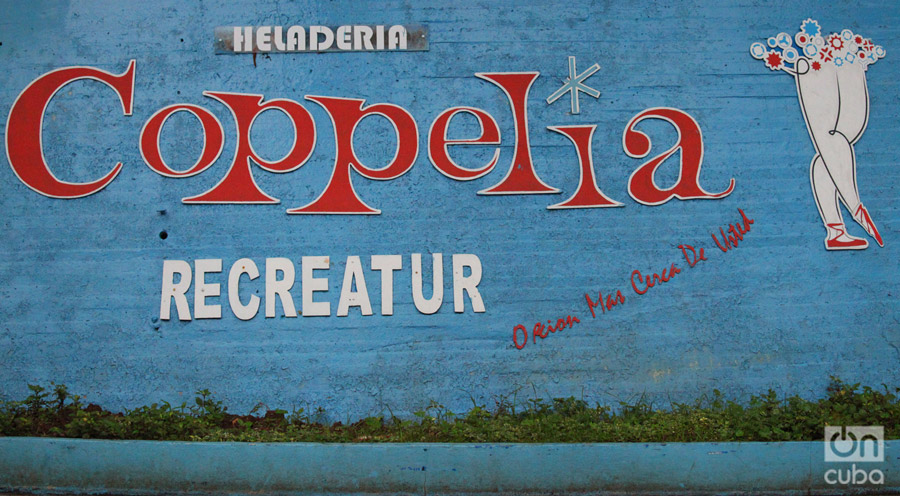
Cuba’s rich diversity can be found standing in line at Coppelia on a sunny afternoon. Queuing with the Cubans is what makes the Coppelia experience so rewarding. The lines buzz with flirting and chatter. Each section has its own cola (line), proportional in length to the strength of the sun. Determining the last person in line isn’t easy: ask for “¿el ultimo?” That’s because Cuban lines are never static. While some habaneros wander off to sit in the shade, others disappear from view altogether to reappear at the critical moment, when the cola coalesces in perfect order as if by osmosis.
All talk ends once Cubans are seated. Slurping helado is a heads-down, communal homage at shared tables. Conversation barely rises above a murmur, as if Coppelia truly were a cathedral. The ice cream—served with taciturn efficiency by waitresses in 1950s plaid miniskirts—wins no awards. But, to me, no other experience speaks so sweetly to Cuba’s iconic revolutionary idealism.
You’ll need moneda nacional, as convertibles aren’t accepted. Resist being steered toward a “tourist” section offering immediate service for an exorbitant CUC1 per scoop. Order at least a five-scoop ensalada. Any less and your waitress will assume you made an error.
RIDING A MAQUINA
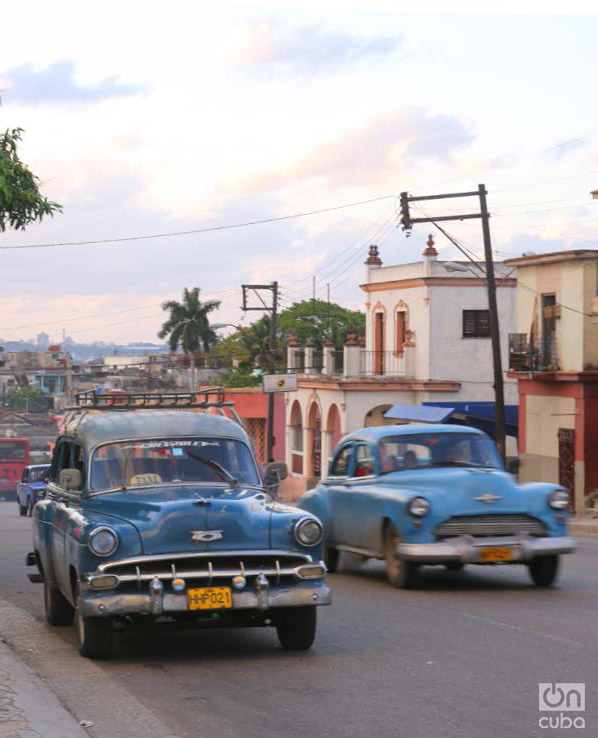
Hiring a sexed up Eisenhower-era convertible classic for a ride along the Malecón is de rigueur for the first-time visitor. After which, it’s time to travel around town like a Cuban. That means hailing a máquina. Not to be confused with the luxury ‘50s sedans that hang outside hotels, these lesser-quality jalopies do duty as licensed collective taxis (colectivos) that run along fixed routes just like buses, and charge 10 pesos (50 cents) for any distance.
Peso taxis were once forbidden to give rides to foreigners, who were required to stick to state-owned taxis. (More than once I was asked to bob down or look away whenever we passed a policeman!) These days they’re more democratic. Packed to the gills, they lumber off on well-worn, sagging tires amid a crunching of worn gears and backfiring from weary exhausts. To avoid getting scolded by the chofer, don’t slam the door!
It’s hellafun as you bounce down potholed Neptuno to the rhythm of reggaeton on the radio.
HANGING ON THE MALECÓN
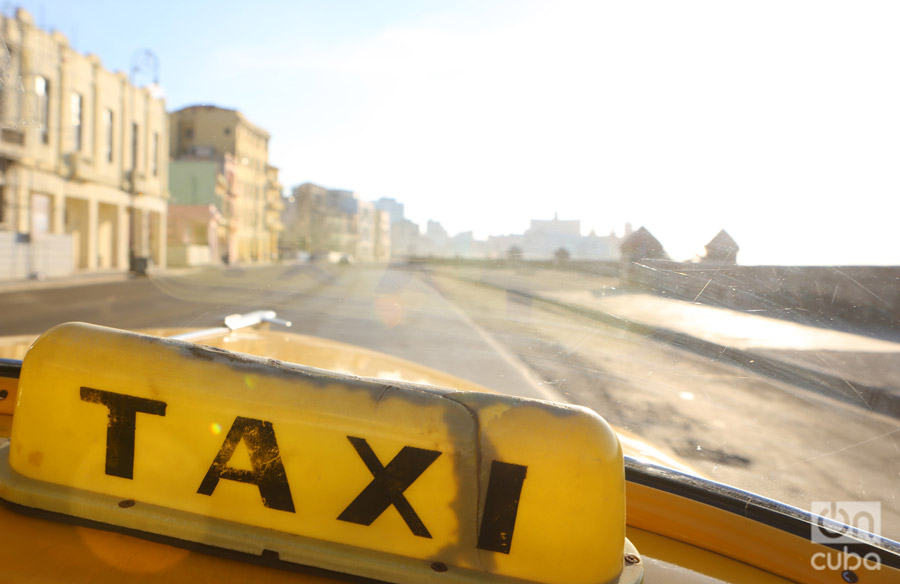
Known officially as Avenida Antonio Maceo, and more commonly as “el Malecón” (literally “embankment” or “seawall”), Havana’s seafront boulevard edging sinuously along the Atlantic shoreline offers a microcosm of city life: The elderly walking their dogs; musicians practicing on trombones and trumpets; fishers casting their lines or casting off on great inner tubes (neumáticos); dreamers staring wistfully toward Miami.
To visit Cuba and not walk the Malecón would be liking visiting Paris without ascending the Eiffel Tower. Except… merely strolling the promenade doesn’t cut it. You have to hang on a weekend evening and be a play-actor in Havana’s dynamic open-air theater.
Fairly quiet on a weekday afternoon, it mutates at night, when thousands of youth gather to socialize and party alfresco, especially at the foot of La Rampa. Bottles of rum are passed around. Music drowns out the crash of waves. And scores of couples unashamedly fondle, neck, and even make love. One reason the Malecón is known as “Havana’s sofa.”
WATCH A BASEBALL GAME
More so than yanquis, Cubans are baseball fanatics. In fact, beísbol is a passion second only to sex as the national sport.
Watching a baseball game in Cuba is a whole different experience than Stateside. There’s no Budweiser- or Chevrolet-sponsored Jumbotron (thank goodness!). The only “ads” exhort patriotism, loyalty, hard work, and “Revolución, si!” Forget between-innings giveaways. And alcohol isn’t allowed, although vendors come around hawking refrescos (soft drinks), ham sandwiches and popcorn. Oh… and don’t expect the toilets to flush, or even have seats.
Aficionados—including plenty of kids, families, and single women—hunker in the shady spots of the sun-beaten stadiums, which resound to a cacophony of bongo drums, trumpets, and horns. It’s the most fun you can have in Cuba for one convertible (Cubans pay a mere 5 pesos; 20 cents).
DOMINOES
Dominoes is the quintessential neighborhood game and, in Cuba, serious business. Consider Juana Martín y Martín! This domino fanatic lost both a game and her life at the same time when she died of a heart attack with a double-three in her hand. Her gravestone in Necrópolis Cristóbal Colón is topped by a huge double-three in Carrara marble.
You can’t walk any street, anywhere, anytime, without chancing upon a makeshift table and rickety chairs set out in the street or the sidewalk. Two pairs of players will be facing each other, cigars in hand, a bottle of rum to one side, while hangers-on study the moves. For a foreigner to pause briefly to watch is guaranteed to result in an invitation to play.
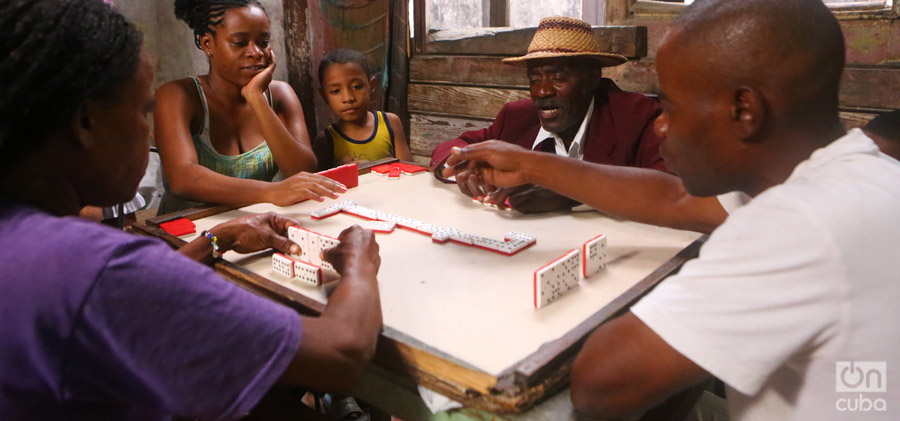
There’s no exuberant slamming down tiles, as in the DR or Jamaica. Cubans are cool and measured when they place their fichas, and calmly rap their knuckles on the table when forced to pass. Then… “¡Dominó!” an exuberant player cries with the winning play. “¡Coño!” respond the losers.
“¡Coño!” It’s the most important word you should master in Cuba. Use it well a lo cubano—“¡…ññño!” is preferred—and you’ll be a considered quintessentially Cuban.

